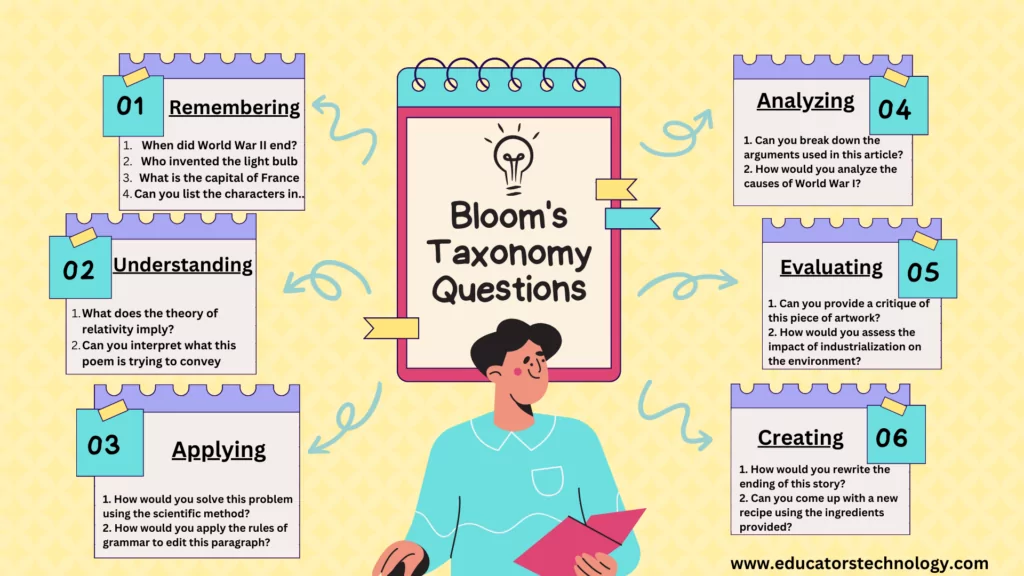Students Tips to Detect Fake News
By Med Kharbach, PhD | Last Update: September 16, 2023
Students tips to detect fake news are the topic of our blog post today!
In a digital age where information travels faster than the speed of light, discerning fact from fiction has never been more challenging, or more crucial. Just a few days ago, we introduced you to a nifty Google feature designed to make fact-checking online content a breeze. But the battle against misinformation doesn’t stop there.

